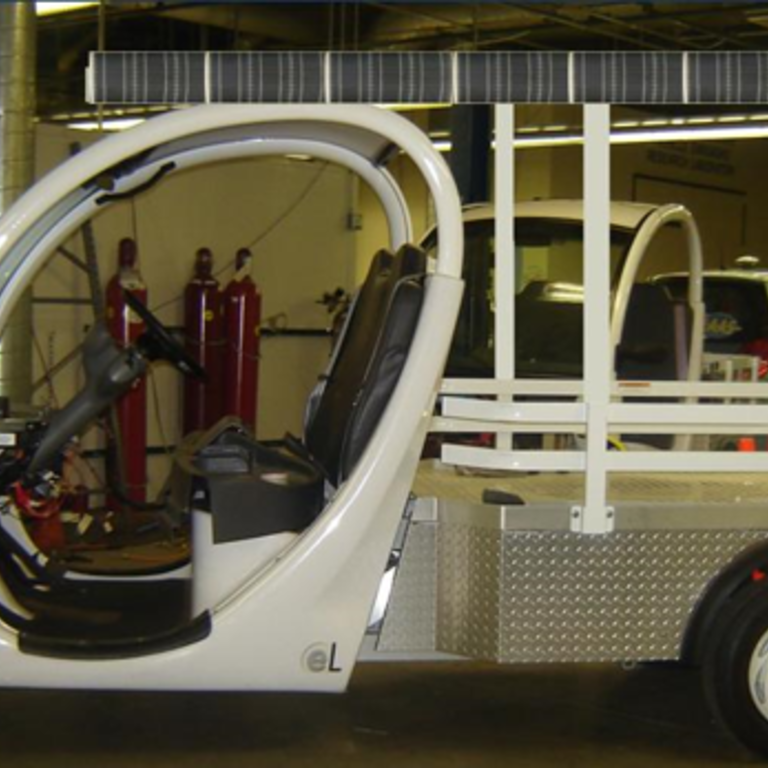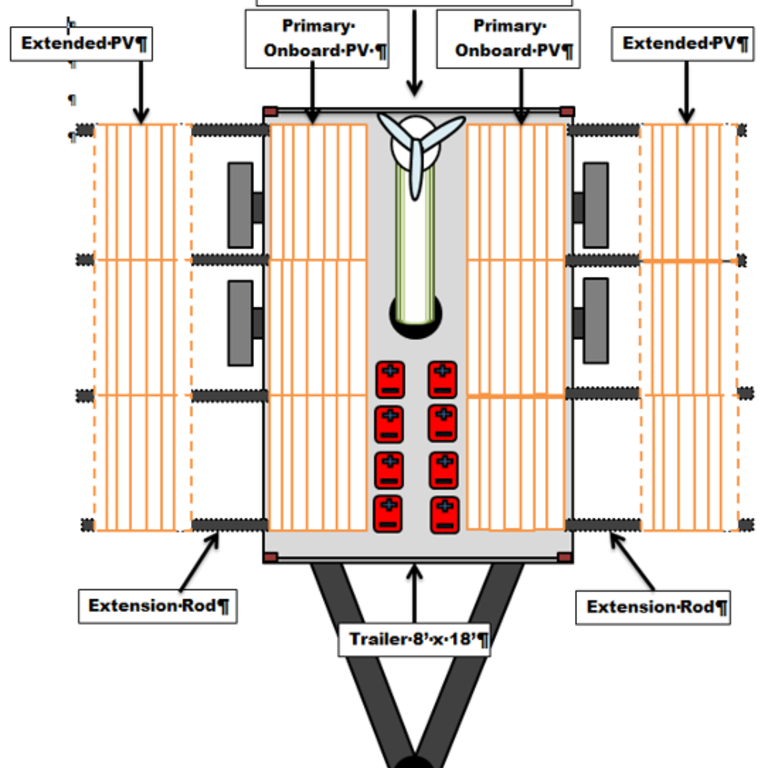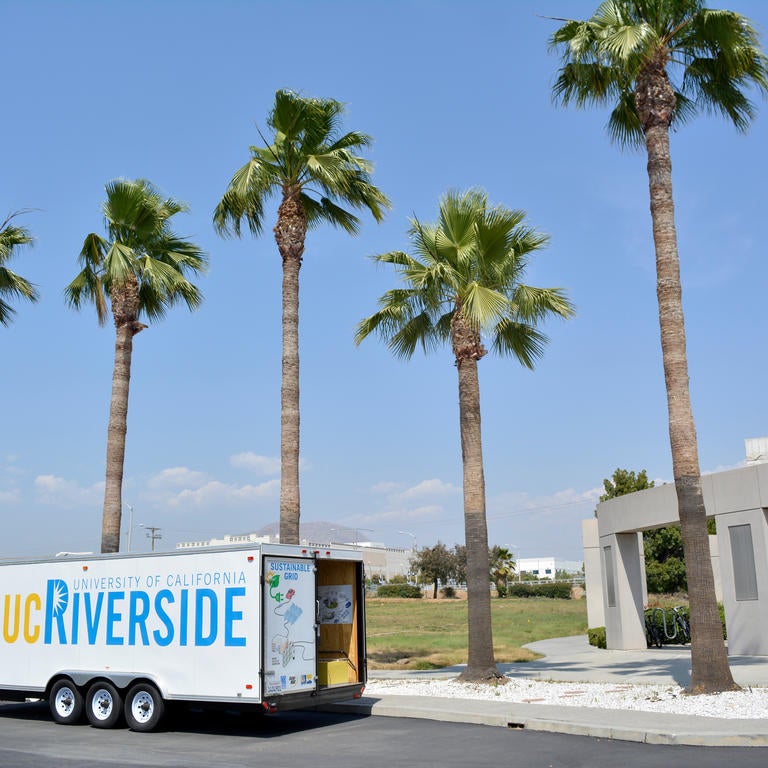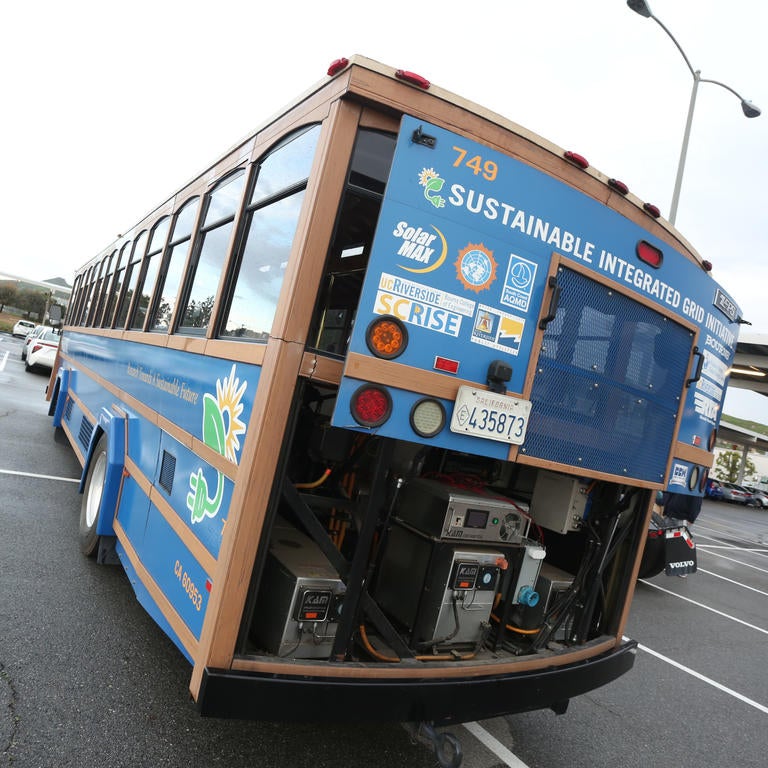Overview
California’s recent increase in catastrophic wildfires combined with Investor Owned Utilities (IOU) and Public Safety Power Shutoffs (PSPS) requires stationary and/or backup generation. Traditional backup generation uses fossil fuel where small scale renewable sources like solar PV and wind are making some inroads. For providing sustainable and reliable backup generation intermittent renewable energy need to be combined with Battery Energy Storage (BES) which require novel approaches for an integrated off grid system with enhanced resiliency and reliability.
The project team led by the College of Engineering-Center for Environmental Research and Technology (CE-CERT), has already developed extensive microgrid and BES integration of various sizes at our research center (see SIGI Website). These capabilities include mobile systems incorporating BES, solar PV, wind turbines and inverters. UCR now utilizes similar hardware and software solutions in collaboration with manufacturers of renewable energy generation products who have already implemented their products in small scale mobile platform.
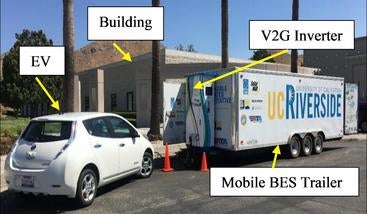
The project team includes key partners that currently have commercial products which contribute system components that can help in developing a functional Mobile Renewable Backup Generation (MORBUG). The team’s approach is to optimize mobile renewable generation capability while maintaining complete transportation functionality and providing additional features such as advanced SCADA and EMS, critical load management utilizing on-site renewable generation. Successful implementation of this system provides resilient and reliable electricity to the critical infrastructure during any rotating blackouts and PSPS incidents.
In the last ten years, the project team has designed, developed and deployed four working microgrids at UC Riverside. The primary microgrid testbed is located at UCR’s CE-CERT research facility, consisting of four buildings (totaling over 60,000 sqft), 500kW solar photovoltaic renewable energy generation, and over 500 kWh battery-based energy storage capacity. This testbed has been set up with a wide range of instrumentation and has a number of energy pathways to evaluate a variety of microgrid configurations. In the last two years, a number of experiments have been carried out for both off-grid islanding operation of the main administration building, as well as establishing V2G capabilities.
